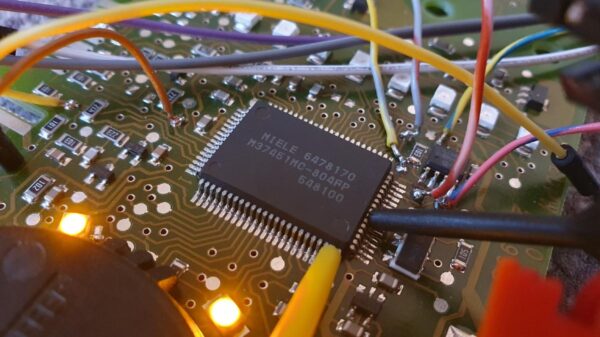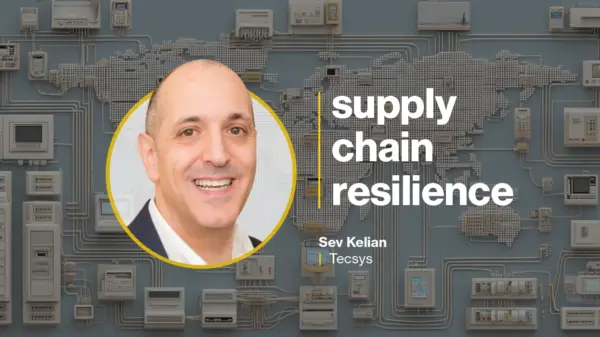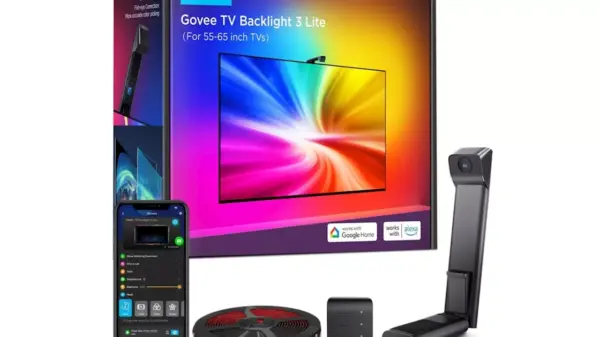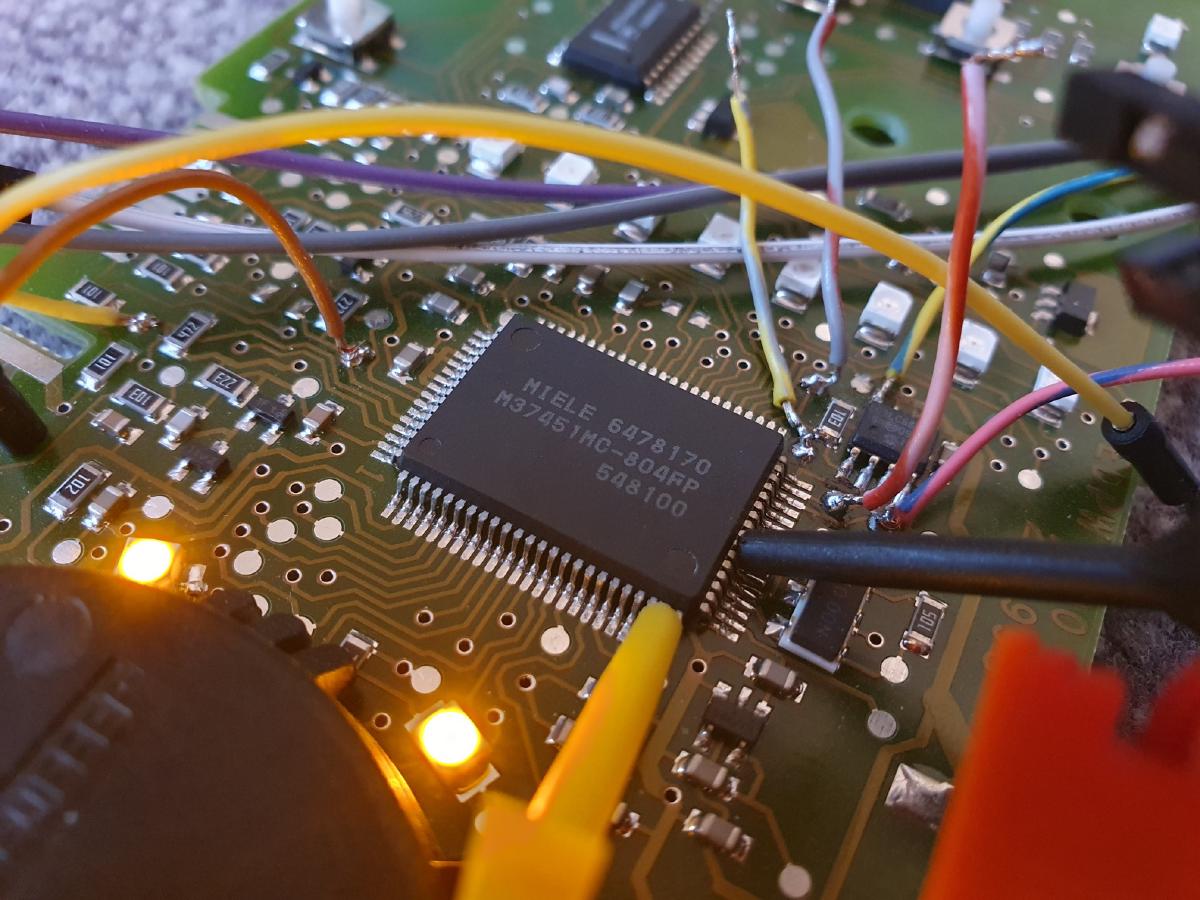Recent advancements in appliance technology have led to increased interest in the inner workings of modern washing machines. A notable case involved the reverse engineering of the Miele Diagnostic Utility (MDU) by a user known as Severin. This endeavor aimed to uncover the communication methods used by Miele washing machines, particularly when issues arise that render the firmware inoperable.
The Miele washing machine employs a diagnostic interface that incorporates an infrared LED/receiver combination, which operates under the well-known IrDA standard. Severin’s motivation stemmed from a malfunction he experienced while fixing a 2010-era Miele EDPW 206 controller board. After the machine’s firmware became unresponsive, he discovered that clearing the microcontroller unit’s (MCU) fault memory could restore functionality. However, in worse scenarios, recalibrating the machine requires specialized and often proprietary software.
Severin’s research led him to examine the serial protocol used by the Miele@Home smart appliance feature, which communicates through a UART interface. This protocol is similar to that found on the washing machine’s diagnostic interface, providing a critical connection between the two systems. Notably, an enterprising German user had previously attempted to reverse engineer this Miele@Home serial protocol, proving invaluable in Severin’s efforts.
The reverse engineering process was not without its challenges. Severin faced difficulties due to the PC interface requiring a special unlock sequence, which was initially elusive. By analyzing the SYNC pin on the MCU, which was designated for external memory usage, he could trace the operational code path. Eventually, he identified the unlock sequence: the numbers 11 00 00 02 13.
With this breakthrough, Severin was able to test various commands, including one that enabled him to dump the mask ROM of the MCU. This accomplishment facilitated the creation of a DIY transceiver, which can be attached to a fully assembled washing machine for testing purposes. As a next step, Severin aims to explore the Miele G651 I Plus-3 dishwasher, which appears to employ a different unlock key, complicating further investigations.
While some users might resort to discarding the electronics in favor of building their own systems, this trend of reverse engineering provides insights into the functionality of household appliances. As technology continues to evolve, the intersection of user ingenuity and appliance design becomes increasingly important.
Severin’s journey highlights the challenges and rewards of understanding complex appliance systems. Insights gained from such investigations not only expand technological knowledge but also empower consumers to take control of their devices.







































































